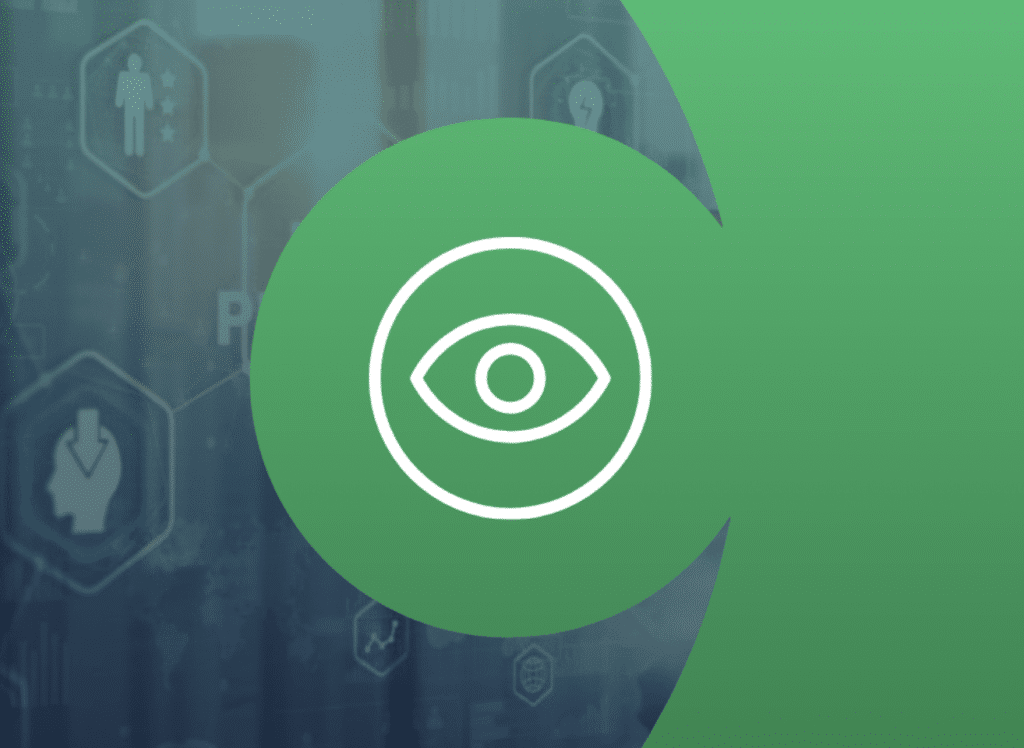
Without effective observability, valuable engineering time is spent navigating through data to identify problems instead of focusing on developing and releasing new features. Following these observability best practices will set your team up for success.

On: Jun 25, 2024
In environments with extensive configurations, escalated demands, and increasing interdependencies among microservices, cloud native settings have become significantly more complex. These frameworks generate observability data at volumes ten to a hundred times greater than conventional, VM-oriented environments.
This increase in complexity means engineers often find themselves spending more time piecing together fragmented data to understand incidents, reducing their capacity for innovation.
Without optimal observability infrastructure, engineers lose valuable time navigating through heaps of data to locate issues, diverting their attention from developing new functionalities—this can lead to the introduction of flawed features, negatively impacting user experience.
What methods can modern organizations use to sift through vast amounts of telemetry and effectively manage their observability data? Today we will examine why observability is essential for understanding your cloud native systems and discuss four observability best practices that will set your teams up for success.
Before diving into strategies for boosting observability, reducing costs, and smoothing out the customer journey, it’s important to understand the advantages of investing in observability:
Investing in observability provides site reliability engineers (SREs) with clear insights into the health of different team components, aiding in the prioritization of their reliability tasks.
Additionally, developers enjoy enhanced cross-team collaboration, accelerated onboarding for new or transferred services, and more accurate projections for forthcoming changes.
With enhanced data visibility, customer support teams can gather tailored insights for distinct customer segments, identifying unique impacts of issues. For example, a system upgrade may function flawlessly for most, yet falter under high traffic or during particular times. Equipped with this information, on-call engineers can swiftly resolve problems and provide detailed incident reports.
Now that we understand the importance of observability for managing cloud native systems effectively, let’s explore four observability best practices that teams can adopt to ensure their success.
Observability is a collective responsibility, and the individuals best suited for instrumenting it are those actively writing the code. This task shouldn’t fall solely to site reliability engineers (SREs) or team leads.
Understanding the telemetry lifecycle—the life of a span, metric, or log—is key. A high-level architecture diagram can help engineers see how and where their instrumentation might be altered, such as through aggregation or omission, processes often managed by SREs and not visible to developers, which can leave them puzzled when telemetry data appears incomplete or absent.
Should resources permit and a definitive need for a centralized internal tool exist, platform engineering teams should consider writing thin wrappers for instrumentation libraries to guarantee that standard metadata is readily available.
Check out some basic instrumentation examples in this OpenTelemetry Python Cookbook.
Another way to integrate developers is by providing a rapid feedback loop for local instrumentation that allows them to review changes before merging a pull request. This approach is especially useful for training and supporting team members who are new to instrumentation or uncertain about the process.
Enhancing the on-call onboarding process by pairing new engineers with experienced ones during production investigations can facilitate the transfer of essential knowledge and help acclimate newcomers to your observability framework. This pairing benefits not only the new engineers but also the seasoned ones, as fresh perspectives can challenge and refine their established mental models. Collaboratively exploring production observability data is a valuable practice that could prove beneficial even beyond the initial onboarding phase.
For more insights, watch this presentation from SRECon titled “Cognitive Apprenticeship in Practice with Alert Triage Hour of Power.”
For cost-management reasons, it’s important to become proficient in tracking the current telemetry footprint and evaluating tuning options such as data reduction, aggregation, or filtering. This enables your organization to proactively monitor costs and the adoption of the platform. The capability to measure telemetry volume by type (metrics, logs, traces, or events) and by team can aid in identifying and assigning cost-efficiency measures.
Once you have a clear understanding of the volume of telemetry being produced and its associated costs, it’s advisable to monitor the daily and monthly active users. This monitoring can pinpoint which engineers may require additional training on the platform.
Adhering to these observability best practices for training and cost management will enhance your understanding of the value provided by each vendor and identify any underutilized resources.
Understanding the business context within a mass of observability data can streamline the handling of critical issues in several ways:
One practical approach to integrate business context into observability data is by renaming default dashboards, charts, and monitors. For instance, instead of a dashboard cluttered with generically named metrics from a Redis cache, which could mean anything, engineers should customize the names of alerts and dashboards/charts to reflect their specific business or customer applications, such as metrics for recently downloaded photos.
Teams need better investigations. To achieve this, they must move away from fragmented approaches—like using multiple bookmarks and mental maps to track data—and adopt more structured processes akin to following a trail of breadcrumbs. This allows for smoother and more effective problem-solving.
Whether using multiple vendors or a combination of DIY in-house systems and external vendors, it’s essential to ensure seamless data linkage across systems. This could include incorporating traceIDs into log entries or adding notes with links to pre-formatted queries on dashboards. These practices provide the necessary support for your team to conduct more effective investigations and expedite issue resolution.
Engineering time is a precious resource. By focusing on acquiring high-fidelity insights and ensuring engineers have a thorough understanding of the available telemetry, instrumentation becomes straightforward, troubleshooting speeds up, and your team is empowered to make proactive, informed decisions.
As organizations transition to cloud native infrastructures, they encounter rising costs and rapid data growth, which can impede performance and limit innovation. This highlights the importance of adopting reliable, compatible, and future-proof observability solutions.
Take back control of your observability today, and learn how Chronosphere’s solutions manage scale and meet modern business needs.
Request a demo for an in depth walk through of the platform!